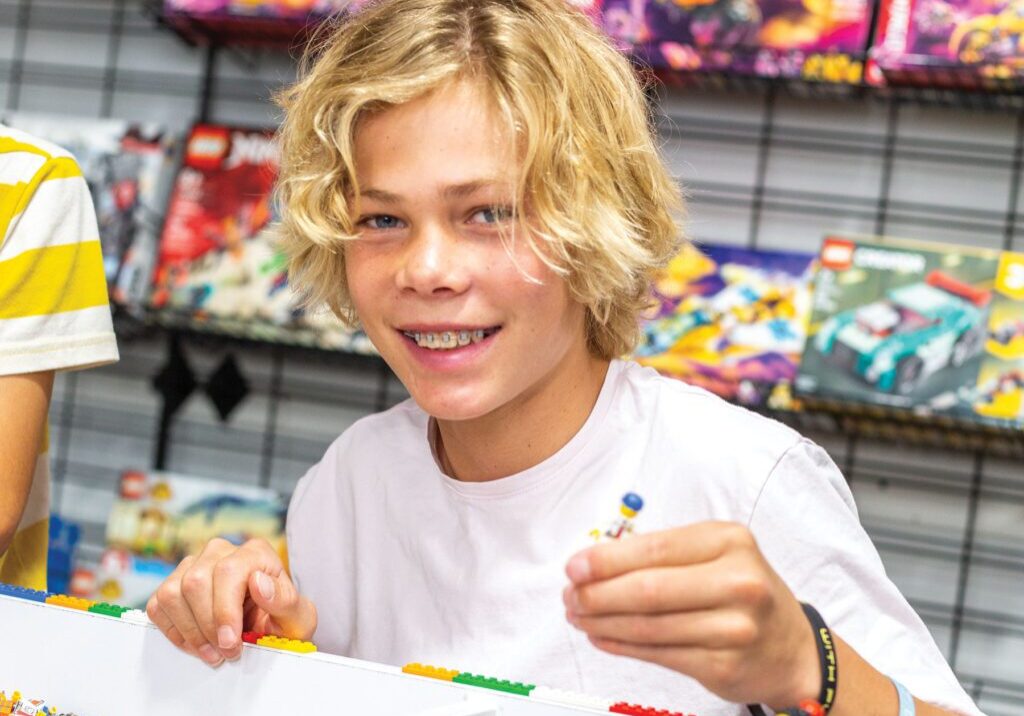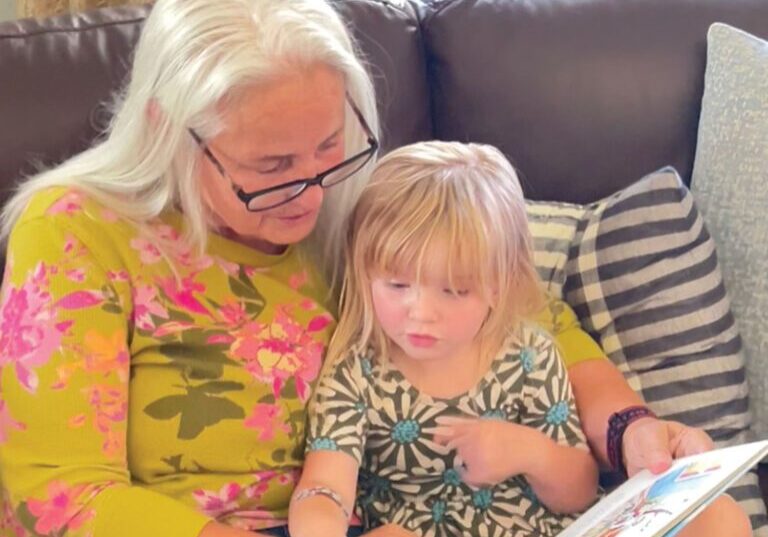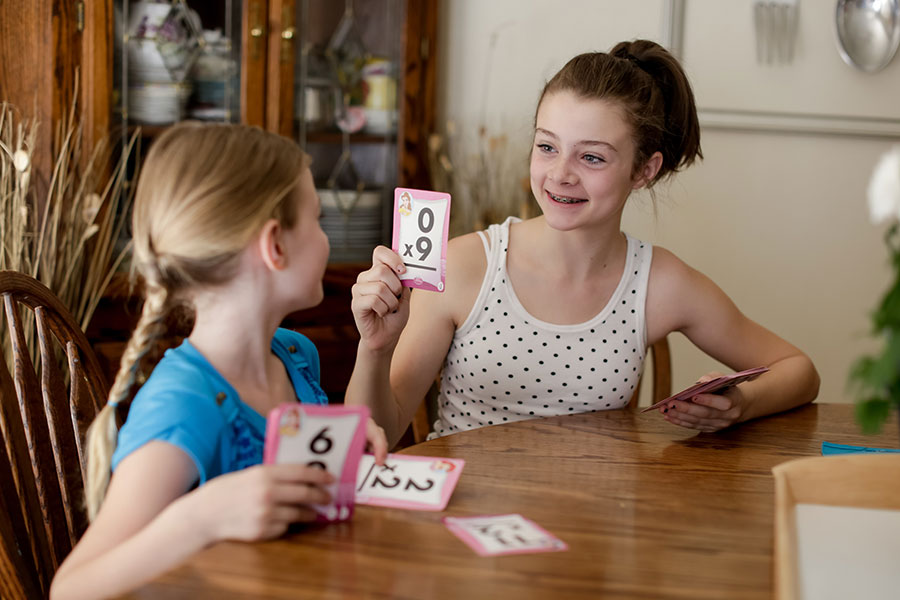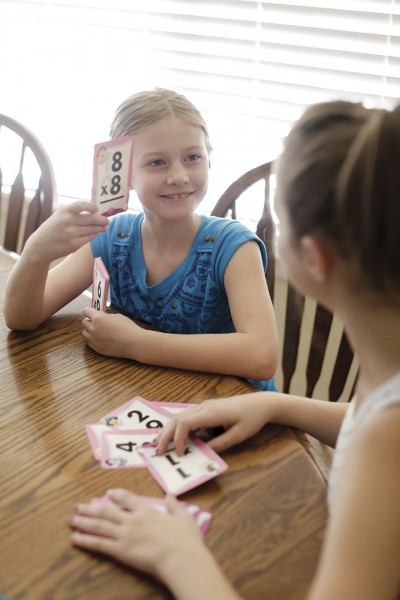Get a jumpstart on the new school year by thinking about ways to help your child incorporate math skills into their daily lives. These tips will help build a positive outlook about math by showing them math can be interesting and fun!
 Use measuring and fraction skills when you bake or cook with your child.
Use measuring and fraction skills when you bake or cook with your child. - At the grocery store, have your child figure out how many pounds of produce to get without going over a certain dollar amount. For example, say “Please weigh and bring me three dollars’ worth of Granny Smith apples.”
- Study and graph weather. Make bar graphs, circle graphs or pictographs for sunny, rainy, cloudy or snowy days. Find the mean, median, range and mode for the high and low temperatures each month.
- Research cool careers that use math. Some interesting ones include architect, astronaut, fashion designer, forensic analyst and computer programmer.
- Learn about the lives of famous mathematicians and what they accomplished (for instance, Albert Einstein, Isaac Newton and John Nash (from A Beautiful Mind).
- Let your child plan a special dinner. Then give them a budget and let them shop for the ingredients without going over the budget.
- Volunteer in your child’s math class. You will learn about what your child is learning, the teacher’s expectations, and how to better help your child at home.
- If your child is struggling in math, ask your child’s teacher to recommend a tutor or call the math department at your local university. There are probably math majors willing to tutor.
- Plan a trip together and calculate the miles you will travel at a designated speed. Decide how long it will take to get there.
- Give your child an allowance that they have to manage. Together decide how much they will save, spend and give away.
- If your child is a teen with a job, help them write a budget and open a savings account.
- When shopping for a new toy, backpack or school supply, look at sale flyers from several stores. Have your child find which store has the best bargain for the item they want.
- Play store with young children. Let them pick out toys and household items and put price tags on them. Then give them money to practice counting and paying for the items.
- Read math picture books like The Greedy Triangle, The Grapes of Math, The Doorbell Rang, The Very Hungry Caterpillar or How Big is a Foot?
- Have your tween or teen pick out the make, model and year of a car they would like to buy when they are 18. Look up the value of the car and figure out how much they will have to earn every week until they are 18 to buy the car.
- Walk around your house and find examples of parallel and perpendicular lines in doorways, walls, furniture and more.
- Find various geometric shapes around your house and yard. Draw or take photographs and label the shapes and what they comprise (for instance, the roof, the mailbox, the deck railing) and make your own version of a book like Tana Hoban’s Shapes, Shapes, Shapes.
- Have daily countdowns to special events, or do a ___ shopping days until Christmas starting on January 1st.
- Don’t promote gender stereotypes that suggest boys are better at math and girls are better at reading. Research shows that while girls do well in math in middle school and high school, women are underrepresented in post graduate STEM (science, technology, engineering and math) jobs.
- Play card games that involve math (for example Uno and Crazy Eights).
- Make up a word problem of the day every day and have your child solve it. Keep it fun and funny.
- Cut food into fractional parts and talk about it. Use the food fractions to introduce equivalent fractions.
- Take a tour of your local bank. Talk to your child about words like loan, interest and principal.
- Celebrate Pi day and talk about what it means and why it is important. Make your child’s favorite pie.
- Keep math resources on hand. Math tools like rulers, seamstress tapes, tangrams, pattern blocks, play money, fraction bars, counters, and geometric shapes are great for kids to make discoveries with while playing. Also, keep a good math dictionary on your bookshelf to help with terms you may have forgotten.
Comment Policy: All viewpoints are welcome, but comments should remain relevant. Personal attacks, profanity, and aggressive behavior are not allowed. No spam, advertising, or promoting of products/services. Please, only use your real name and limit the amount of links submitted in your comment.
You Might Also Like...
Soroptimist International: Local Women Making a Difference in the North State
Valerie Sawyers-Stroud spent most of her life working things out on her own. For years, the single mom postponed the dream of pursuing her education so she could focus on […]

How Playing With LEGO Enhances Learning
Your children probably have LEGO bricks and building components or a similar building toy system. And you may have stepped on stray plastic components and wondered if it was really […]
Krysta Shaw-Stearns & The Red Bluff Performing Arts Centre: A Center for Expression, For Everyone
Everyone deserves a creative outlet and a form of expression that brings people together. Whether dancing and performing are passions or just hobbies, the Red Bluff Performing Arts Centre is […]

How to Foster a Love of Early Literacy in Your Young Child
One of my most treasured photos from my childhood is of me sitting on my father’s lap as he was reading a book on geology. He was not reading to […]




